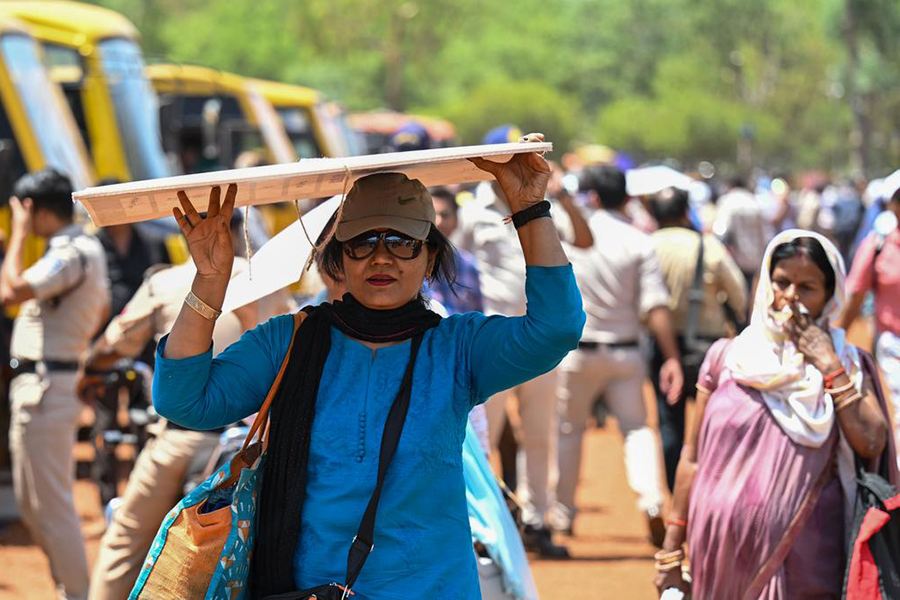
Published :
Updated :

Polls opened on Tuesday in the third of the seven-phase Indian election, with 11 states voting for 93 seats in Lok Sabha, the lower house of parliament.
The first two phases of the vote were held on April 19 and April 26 in 190 constituencies, with a voter turnout of 66.1 per cent and 66.7 per cent, respectively, about 4 per cent lower than in 2019.
India's general election is usually held every five years in April and May, and voters and polling officials are used to dealing with the harsh summer heat. But this year, India - along with other parts of Asia - is experiencing one of its hottest summers on record, in line with recent years.
Prime Minister Narendra Modi of the BJP government, who voted at a polling booth in Gandhinagar Lok Sabha constituency, sought people's mandate for the third consecutive term.
He congratulated the Election Commission for conducting the first two phases of Lok Sabha polls with hardly any violence and asked the people to come out in large numbers to vote.
Modi also said the way the Indian elections are being conducted could be a learning process for other democracies, and it has been the subject of case study for many universities.
People across India should celebrate this ongoing “festival of democracy” by voting in large numbers, the PM said.
Several top leaders including Union Home Minister Amit Shah (Gandhinagar), former Madhya Pradesh CMs Shivraj Singh Chouhan (Vidisha) and Digvijya Singh (Rajgargh) are eyeing a seat in the Lok Sabha, the lower house of the Indian parliament.


 For all latest news, follow The Financial Express Google News channel.
For all latest news, follow The Financial Express Google News channel.